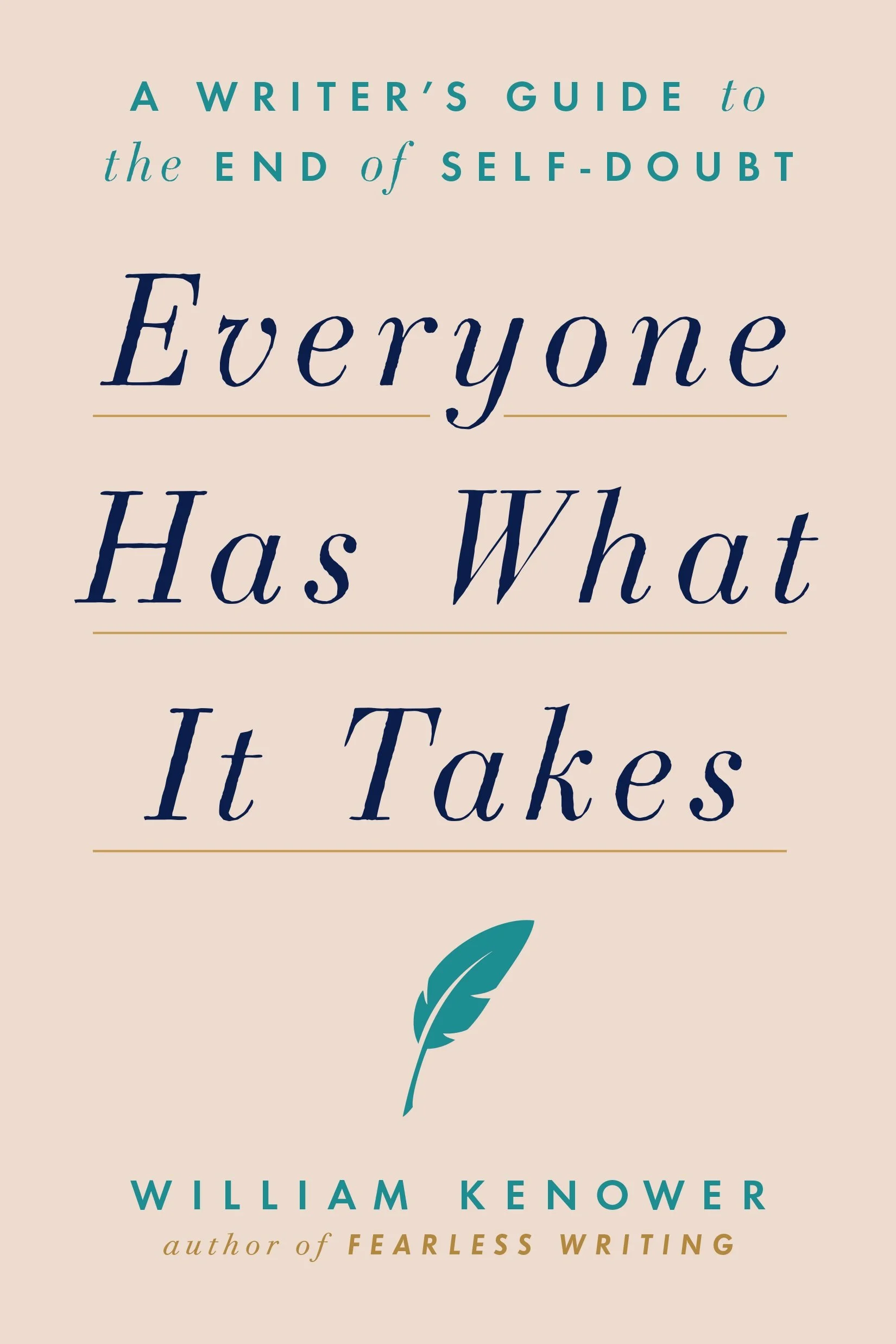The Greatest Tool
I’ve taken up songwriting in the second half of my life, and one of the ways I’ve learned to do so is by teaching myself to play the songs I loved to sing along to when I was younger. Two of my favorites were I’m So Tired by the Beatles and I’ll Keep It with Mine by Bob Dylan. Admittedly, given my disposition, how well I connected to its lyrics had a lot to do with what I thought of a song. But the music, of course, mattered as well, which is to say the melody, the rhythm, and, I’ve come to understand, the harmony.
The harmony is expressed in the composer’s choice of chords, a combination of three, four, or sometimes five notes played simultaneously. Each chord has its own mood – some are dissonant, some are sad, some bright. Also, some chords are simple and common, and some are more complex and very uncommon. The music theorists I enjoy watching on YouTube love to talk about chords, particularly their relationship to one another, as well those songs that make the most surprising and innovative harmonic choices.
I find this interesting too. When I learned I’m So Tired, I was immediately enamored with its construction. Lennon, its primary author, did some very cool and unexpected things with the harmony, all of which I felt helped capture the drowsy, uncomfortable, yearning quality of its lyrics. It was a great example, I thought, of innovation being service to a work of art, rather than simply for innovation’s sake.
Then there’s I’ll Keep it with Mine. It’s comprised mostly of two chords, C and F, with a G thrown in at the very end of the chorus. C, F, and G are the simplest, most common chords in the western harmonic tradition. If you taught yourself to play the guitar last month, you’d have been equipped to write this song. Yet back when I knew nothing about chords, about modulation and minor sevenths and the Circle of Fifths, I loved this song just as much as the complex, moody, surprising Beatles tune. That was true then, and it’s still true today.
This is why I have never been as interested in teaching the craft of writing. There’s a lot of cool, subtle, surprising things you can do as you tell a story. I can’t help but notice another author’s command of craft, and I’ll certainly employ some tricks and tools in my stuff when I think they’re called for. But all the chords in the world won’t put a song in your heart, and all the nifty writing craft won’t give you a story. That, I believe, comes from inspiration, every artist’s greatest tool, the one you’re born with and live with, whether you ever use it or not.
If you like the ideas and perspectives expressed here, feel free to contact me about individual coaching and group workshops.
Everyone Has What It Takes: A Writer’s Guide to the End of Self-Doubt
You can find William at: williamkenower.com


